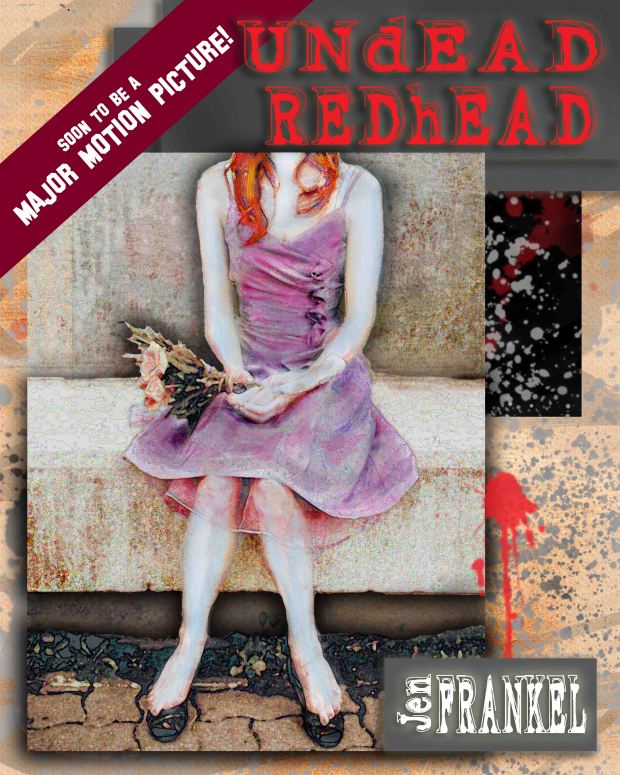In our personal and professional lives, we use social media in a lot of ways to develop relationships with people. We follow people on Twitter. We connect on LinkedIn. We update our status on Facebook and hope that people will “like” it.
Whether or not we’re aware of it, a large part of why we reach out through these mediums is to achieve human contact. As people, we want to be connected to and feel a sense of connection with the other people around us. Even the name Facebook suggests that we want to see others’ faces, to connect face-to-face.
But how can you best achieve that sense of connection with your clients or a potential employer? One great way is through the power of digital video. Using video to create products like weekly video blogs, digital walkthroughs, live product demos, client testimonials, or video resumes helps to not only showcase who you really are but also to build a sense of trust and connection by putting a smiling face with your name as it appears on-screen.
For job-seekers, having a high-quality video resume could help you stand out from the crowd when employers are inundated with literally hundreds of job applicants. It also shows that you are innovative and willing to go the extra mile.
For companies, having high-quality video on your website helps to showcase your people and products, and gives potential clients a chance to feel connected to you, sometimes even before they make first contact! As well, professional, polished video shows that you are ahead of the trend when it comes to online marketing and that you are innovative in embracing new technology and new ways of connection.
Social media metrics have measured that posts with images get more views and shares than text-based posts, and posts with video tend to achieve even higher results than image-based posts. So, if you’re looking to boost follower engagement, presenting a series of short videos could help you get those desired numbers!
As digital video technology becomes cheaper to acquire and easier to use, more people than ever before are picking up cameras. This is both a good and bad thing, in that there are a lot more people who are learning to create digital video (yay!), many of whom do great work. However, there are also a large number of DIY cameramen who may not have sufficient training in related areas like audio, lighting, and editing to produce a high-quality, polished product (boo!).
Often, bad video is worse than no video. Fans of the hit sitcom “How I Met Your Mother” may remember the hilarious eyesore that was Barney’s video resume. For fun, you can see for yourself at: http://barneysvideoresume.com/
Sorry, Barney, but the video isn’t as awesome as you think. (The HIMYM producers did a great job in creating such a great “bad” video!) A couple issues you might pick apart from this video are the bad overall image quality, the obvious self-inserts, and the over-use of stock footage and explosions, just to name a few issues.
But don’t let Barney’s cautionary tale deter you from getting great video. If you prefer to take the DIY route when it comes to video production, make sure you have done sufficient research on audio, lighting, video, and editing gear that is all within your budget and will give you professional results. While devices such as an iPhone can create good video, you need to think about if it will adequately serve your needs. Investing in a digital video professional to produce video content for you is a surefire way to take all the stress of video production off of your hands and ensure you have a quality product you are proud to show off.
Whichever path you choose… lights, camera, action on video that makes YOU look AWESOME!
________________________________________________________________________________________
Emily Schooley is the CEO of Laughing Cat Creative – a creative consulting agency and media production house that specializes in bringing revolutionary awesomeness to individuals and businesses within the GTA. Check us out at http://laughingcat.ca to see how we can make your life more awesome.



